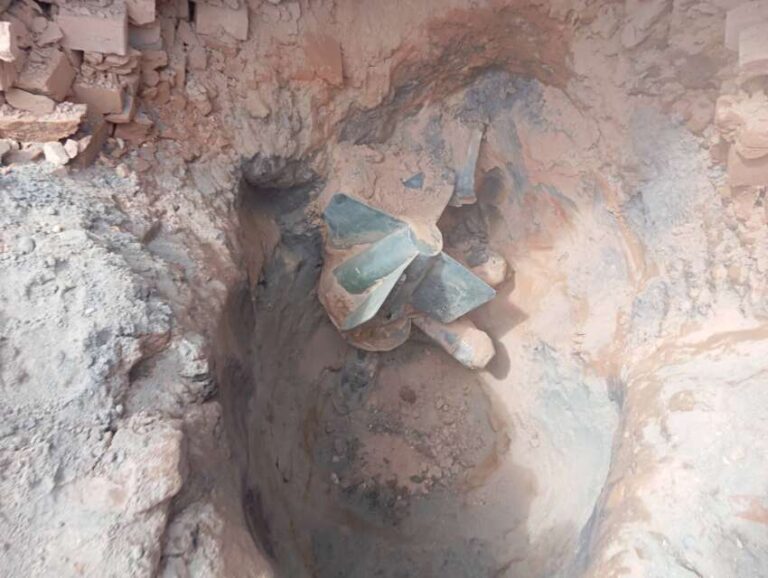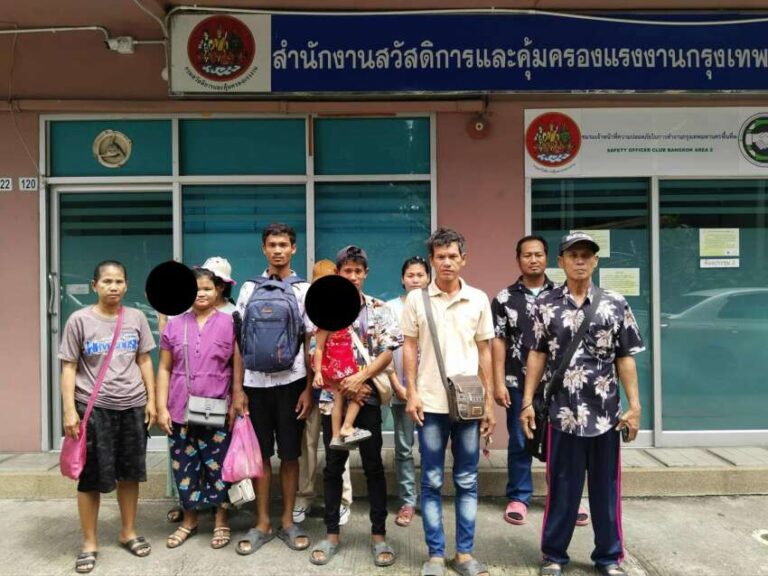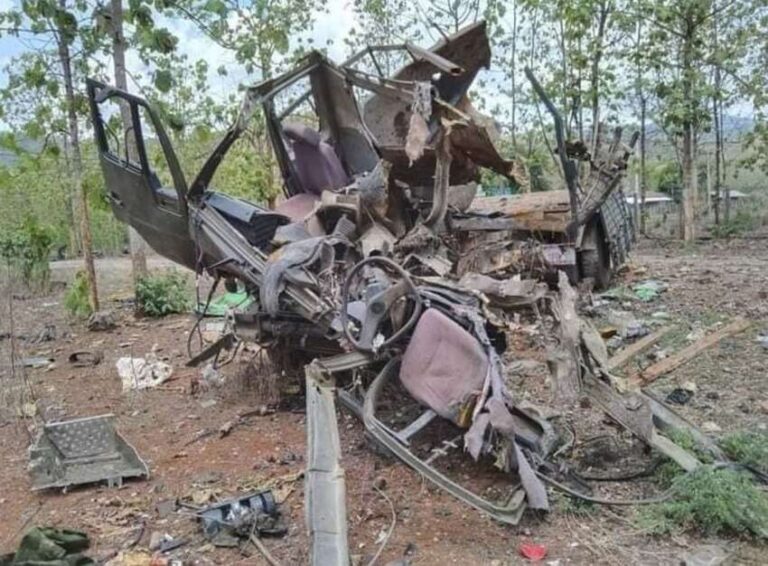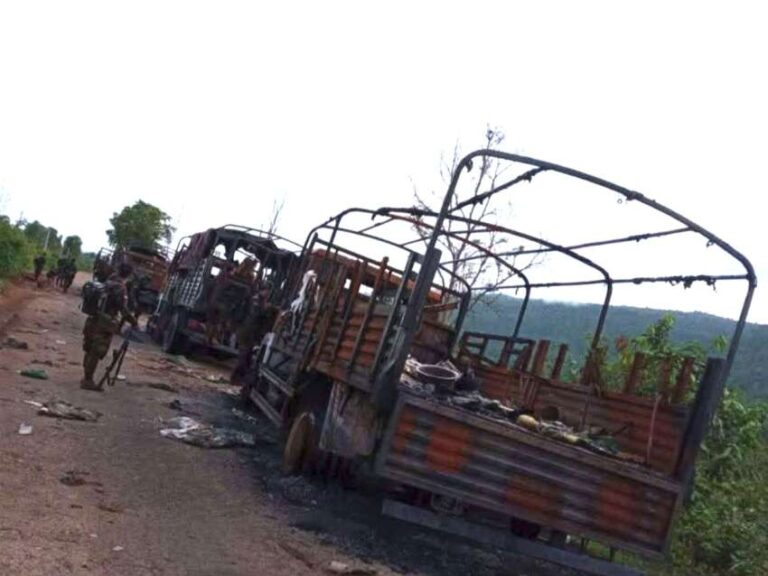
The military council is using a national database system linked to e-ID verification to identify and arrest military deserters, police deserters, Civil Disobedience Movement (CDM) staff, and political activists across the country, according to military sources in Naypyidaw. The council has detailed records of military deserters, police deserters, CDM staff, and free political activists nationwide stored in a computerized National Database system. Immigration and military officers can access this National Database system at any time to check suspicious individuals’ personal information and verify their details.
The system allows authorities to enter the National Database computer system at checkpoints and along travel routes to conduct individual checks using the Person Scrutinization and Monitoring System (PSMS). This system contains registration records of all military deserters, police deserters, CDM staff, and those with political offense records. The military council has installed checkpoints with access to the National Database and individual PSMS verification capabilities at various locations including No. 3 Junction, Mile 26 on Yangon-Mandalay Highway, Min Lwe Kon Gate at the Hlegu-Bago border, Nyaung Khar Shay, Hpa-an Gate, Myawaddy Border Gate, Tachileik Border Gate, and Kawthaung Border Gate.
At the Myawaddy border gate in particular, there has been a recent increase in arrests of CDM staff members while attempting to obtain bridge crossing permits to Mae Sot. According to a bridge crossing permit service agency based in Myawaddy on the Thai-Myanmar border, the database contains lists of CDM staff, making it nearly impossible for listed individuals to avoid detection. They warned that anyone in the system’s records would likely be caught.
The military council has implemented this system after collecting biographical data from all Myanmar citizens through the e-ID system and entering it into the database, along with collecting and verifying biometric data and issuing Unique ID (UID) numbers. They are now using this system to track down and arrest their targets. The comprehensive database allows for immediate verification of personal details and monitoring of movements, particularly at border crossings and checkpoints throughout the country. This digital surveillance infrastructure has become a key tool for the military council to identify and apprehend individuals they consider to be of interest, especially those involved in anti-regime activities or who have left military or civil service positions in protest.



